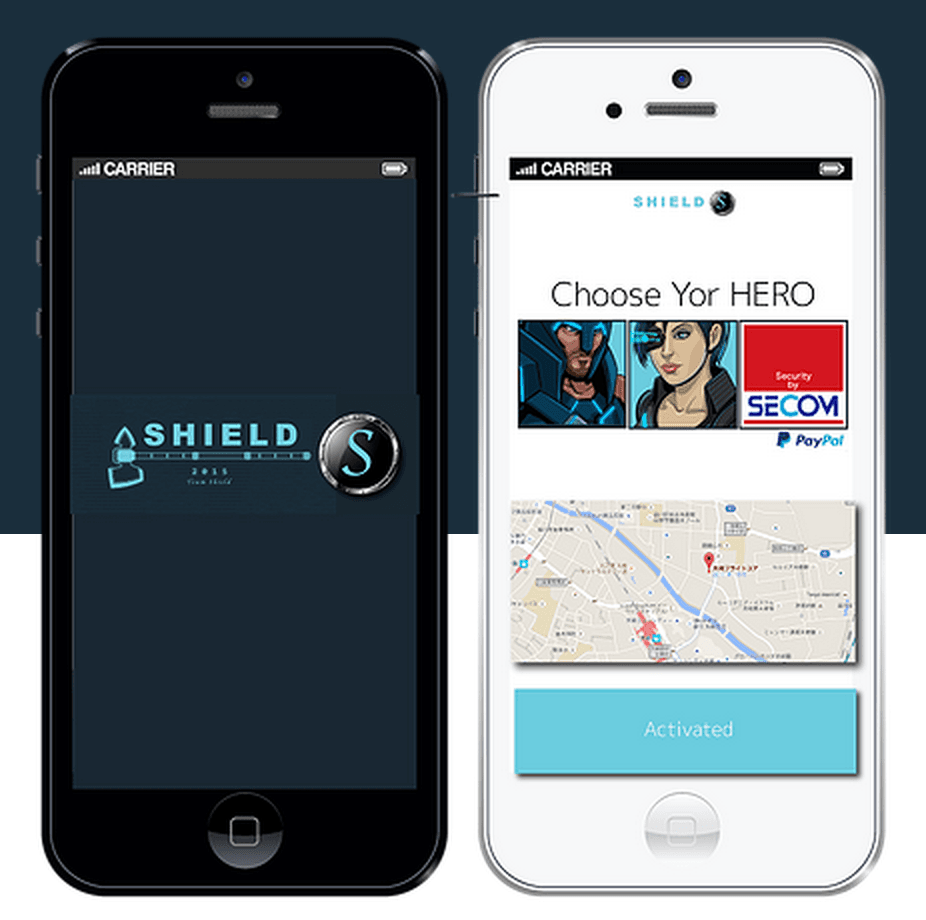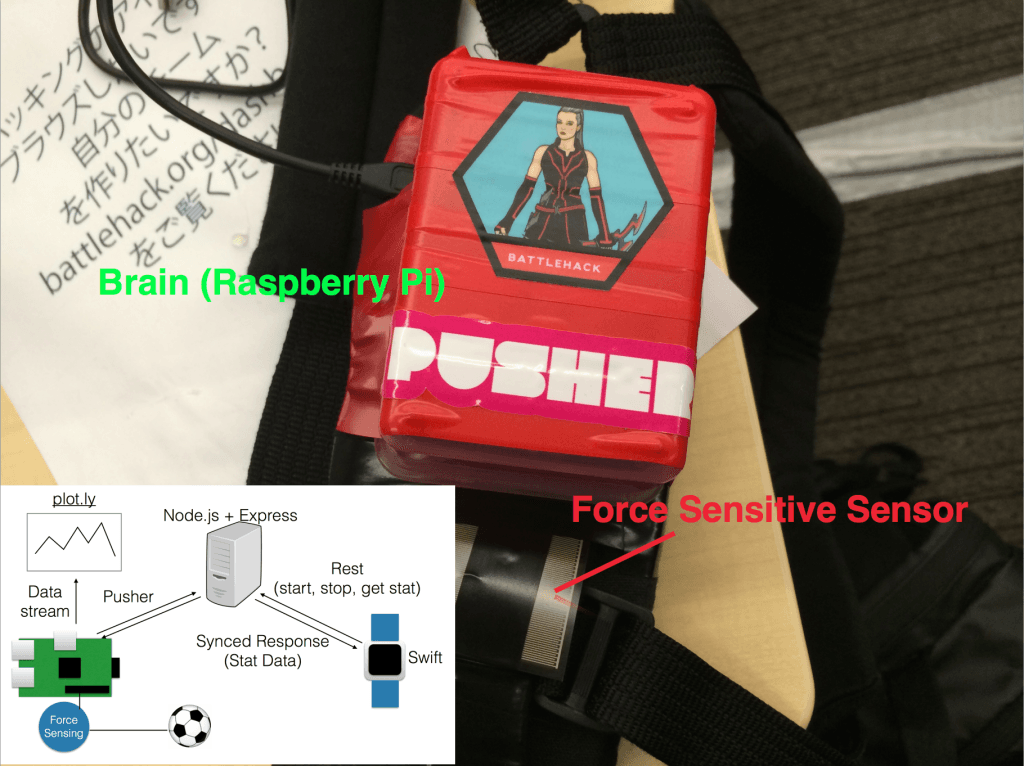BattleHack Tokyo 2015

Pusher and BattleHack Tokyo 2015
Introduction
Tokyo was our third involvement as BattleHack 2015 partners. The first two – London and Athens – set a high standard. How would Tokyo compare?
With 41 teams competing for the coveted Axe Trophies the Japanese edition was busy and exciting – but also very focused and organised. Braintree yet again proved they’re the perfect hackathon hosts. They kept things running as close to schedule as was humanly possible, made everybody at the event welcome and comfortable, and provided more than ample catering. And the hacks did not disappoint.
It was great to see a wide variety of technologies used by the Japanese hackers; Swift on iOS, Java on Android, PhoneGap for cross mobile device apps, traditional web stacks and apps, Python running on Raspberry Pi, quite a bit of Ruby (not surprising since Yukihiro Matsumoto gave an intro talk), PHP and much more.
Just like the preceding BattleHacks, choosing a winner was a tough challenge. Here’s a rundown for my choice for the top 3 apps that used Pusher in their hack.
SnShot
This hack used all the partners at the event; Estimote, SendGrid, Heroku and Pusher. The end product was a service that could search a multitude of social sites for pictures and would allow you to pay for photos to be printed on a device that had been hacked together at the event from an iPad and a small photo printer. The device looked so professional that it wasn’t until it fell apart at the end of their app pitch that you realised it really was a hack.

Shield
The idea behind Shield was to offer protection for people who were walking through an area they were uncomfortable to do so. Simply define a route, ask for protection (choose a hero/agent), pay for protection and set off in the comfort that somebody is watching out for you.

The use of geo-location and real-time notifications, tracking and health status updates made for a really interesting hack.
The real-time monitoring of health statistics in particular stood out. A heart rate above a threshold indicated the person was highly concerned and below that threshold indicated they were in physical trouble (hopefully something that would never happen). These were used as indicators to the Shield Agent that the person they were looking out for needed help.
CubeFit
As I announced CubeFit as the winners I jokingly summarised the hack as a Global Real-Time Social Hackable IoT Sports Network. That’s exactly what the idea was – but I accept GRTSHISN probably won’t take off and CubeFit is easier to say.
CubeFit addresses the problem in urban areas where there is little space to play sports. Instead you can undertake exercise indoors – with the potential to network and compete with others – using a selection of gadgets. For the hackday the Hira Hackers team created two such gadgets; a soccer ball with an force sensitive sensor connected to a Raspberry Pi to be worn on the players chest. And a golf club with a similar setup.

Pusher was used for real-time communication between the device and the server, which also controlled the starting and stopping of games and kept a record of training history. There’s also clear potential to display real-time stats on a smart watch. The team also built a marketplace (for Innovative Sport Science) for others to sell their own sporting IoT hacks.
You can see a few more details and pictures in the Hira Hacker team’s CuBe Fit presentation slide deck.
The “hacker” aspect of this app was emphasised by using two of our community libraries; the Python WebSocket Client by Erik Kulyk and the Node WebSocket Client by Dirk Bonhomme.
Each member of the Best Use of Pusher winning team got a GoPro and a hug from me. Well done!
And @pusher awards Team Hira Hackers for the best integration using Pusher API at #BattleHack Tokyo pic.twitter.com/jKxULo1CZH
— braintree_dev (@braintree_dev) June 14, 2015
BattleHack Tokyo was an amazing event to be part of, so I really do need to thank Braintree for inviting Pusher over. All the hackers I spoke to – or where there was a language barrier, pointed and gestured to – were clearly excited to be part of the event. And everybody I met in Tokyo was super-friendly. I’m already on the look out for another opportunity to take Pusher back to Japan! #PusherInJapan
BattleHack Berlin
Next up: Vivan and Paweł will be at BattleHack Berlin. I can’t wait to see the awesome hacks that come out of Germany!